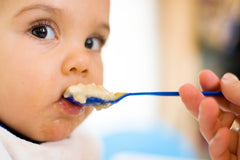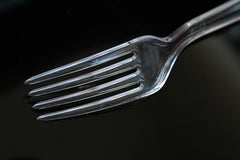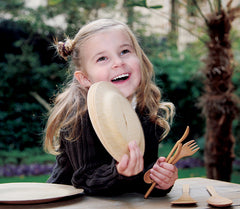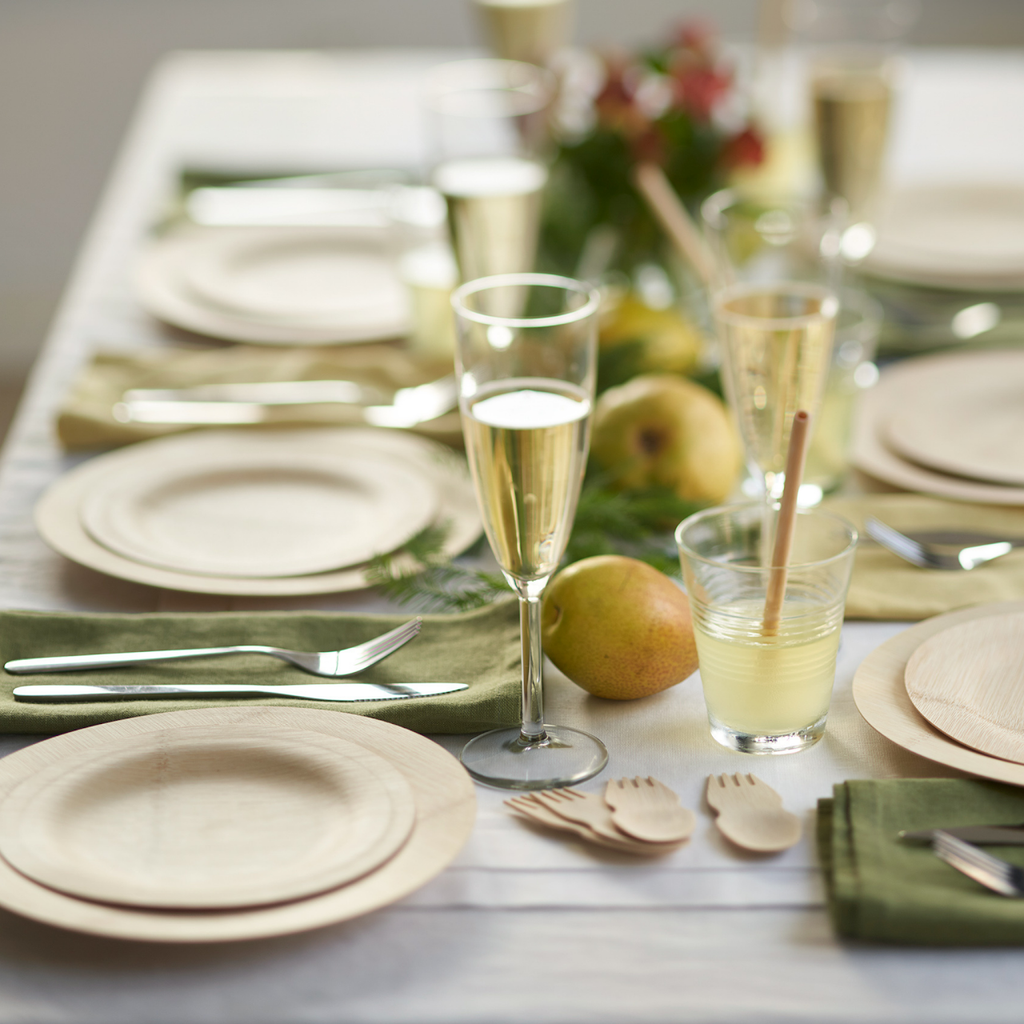
Colorful plastic cups, bowls with cute critters smiling from the bottom, and spoons with those tiny handles “just right for little hands.” You have seen plenty of children’s dining ware and chances are you stopped to take a second look. You might’ve even toyed with the idea of maybe buying one because it was cute or you thought it’ll make your little one smile or eat her whole meal. But food and plastic do not mix well, despite their ubiquitous pairing on food shelves and in homes, especially when it comes to children’s food.
Before plastic was invented, bowls, plates and spoons were made of wood. Clay, porcelain and glass were then added to the list of materials used to make cooking and eating utensils. Some broke occasionally, some collected cracks and some didn’t. Broken or not, they were never a burden to the environment or harmful to human health.
However, enter plastic products. Durable, appealing, manufactured in all shapes and colors, unbreakable, and--most of all--cheap. From cups to utensils and plates to storage containers, plastic appeared as the holy grail of the modern household—especially those with children.
Like many inventions that appear too good to be true, plastic revealed its own dark secrets as time went by. Some of the substances that are used to make plastic escape into our food and our bodies.
The majority of children eating utensils are made of plastic. If you’re tempted to say “but that is safe plastic,” here is some food for thought. Over the last few years, several studies have pointed out to a worrying reality: children have higher concentrations of plasticizers (bisphenol A1 and phthalates) in their blood than adults do2. The reason is: children’s bodies are smaller, they eat more fatty foods, and they often eat them with plastic utensils, plastic bowls, etc. While exposure to indoor air and playing with plastic toys is partly at fault, scientists agree that the majority of the plasticizers present in the bloodstream come from eating3.

Although plasticizers have been shown to be eliminated from the body a few hours after ingestion, exposure happens constantly, hence the constant stream of these chemicals through the child’s body4.
Studies have now showed that exposure to BPA in children is associated with excess levels of body fat1 and high risk of liver & metabolic disease5. Prenatal exposure seems to be an indicator of obesity later on and it also increases the risk of allergic asthma6.
Yet raising children in a perfect environment is not possible, nor is it desirable. The human body is resilient. Unnecessary exposure on the other hand, should be avoided, especially when children are involved.
A simple rule: no plastic at the dining table, or on the go, or anywhere else. BPA-free utensils are a new and reassuring thing, but the truth is, plastic is plastic and molecules will break free with continuous use. Additionally, chemicals with a bad rep are oftentimes replaced by others with lesser effects and unfortunately these replacements at times do not have enough safety analyses either, so eating out of plastic remains a health gamble.
Once plastic is eliminated from your kitchen, you may want to consider stocking up on bowls, cups, plates and cutlery made from clean, renewable materials such as bamboo or cork*. If you were ever tempted to carve something out of a piece of wood that you stumbled upon, you'll find that natural products appeal to that deep desire to connect to a healthy environment. You might find that this warm connection is the missing secret ingredient in your meals!
*Note: The bamboo and cork used in the bambuhome products are EU and Us Consumer Product Safety Commission (CPSF) compliant. They contain no dyes, plastic polymers, bisphenol A or heavy metal residue. The reason is identical to the motivation to manufacture a clean line of eating utensils: Products designed for repeated use should be naturally-sourced, sustainable, with no ill effects on human health. What’s best for people is best for the environment as well. More than a suggestion, that should be how we purchase everything that comes in close contact with our bodies and the developing bodies of our children.
- BPA and children http://pediatrics.aappublications.org/content/132/3/e637.full.pdf
- Phthalates and children’s health http://pediatrics.aappublications.org/content/111/6/1467.full
- BPA exposure in children http://jama.jamanetwork.com/article.aspx?articleid=1360865
- BPA exposure and elimination http://www.ncbi.nlm.nih.gov/pubmed/20973429
- BPA health effects http://www.ncbi.nlm.nih.gov/pubmed/24184549
-
BPA and asthma risk http://www.ncbi.nlm.nih.gov/pubmed/22353195
Daniela Ginta, MSc lives and writes in Kamloops, BC, after many years spent on the West Coast. She writes mostly on environmental and social issues, and occasionally shares insights into her life as a mother of two young sons to whom she wants to give two things: common sense and a social conscience. Daniela has written for many local and national publications, and has no fear when it comes to discussing big uncomfortable environment or society-related topics. You can visit her at www.thinkofclouds.com and www.danielaginta.com, or drop her a line at [email protected].





